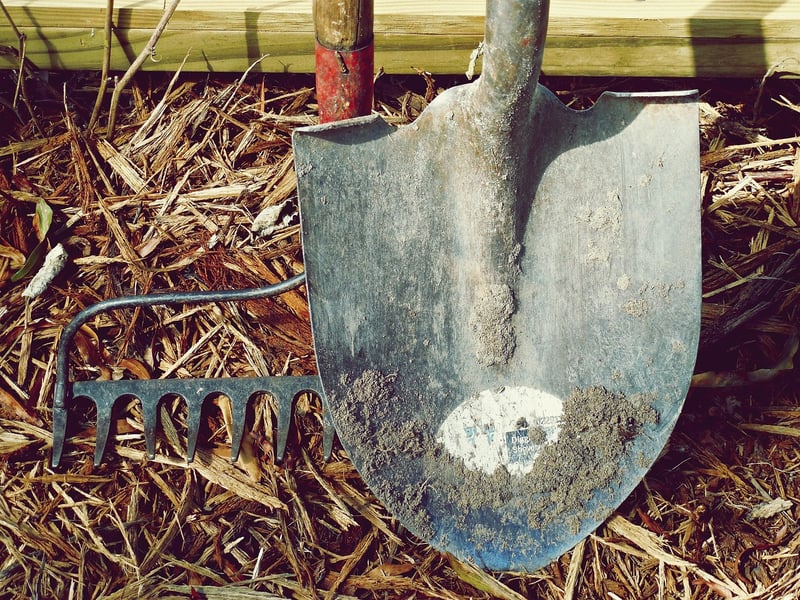Light Requirements
Cultivation Advice and Techniques for Healthy Plants
Are you looking to enhance your gardening skills and grow healthy plants? Whether you are a beginner or a seasoned gardener, understanding proper cultivation techniques is essential for successful plant growth. From proper watering to soil quality, here are some valuable tips to help you cultivate thriving plants in your garden:
1. Choose the Right Plants
Start by selecting plants that are well-suited to your climate and growing conditions. Consider factors like sunlight, temperature, and soil type to ensure your plants have the best chance of flourishing.
2. Quality Soil
Good soil is the foundation of healthy plants. Ensure your soil is well-draining, nutrient-rich, and suitable for the specific types of plants you are growing. Consider adding compost or organic matter to improve soil quality.
3. Proper Watering
Watering is crucial for plant growth, but overwatering can be detrimental. Learn the water requirements of your plants and establish a regular watering schedule. Avoid watering foliage to prevent diseases.
4. Pruning and Maintenance
Regular pruning helps plants maintain shape, promotes new growth, and prevents disease. Remove dead or damaged branches and spent flowers to encourage healthy development.
5. Pest and Disease Management
Keep an eye out for pests and signs of disease on your plants. Implement natural pest control methods whenever possible and address any issues promptly to prevent widespread damage.
Light Requirements for Plants
Light is one of the most critical factors affecting plant growth. Different plants have varying light requirements, so it's essential to understand the needs of your specific plants:
1. Full Sun
Plants that require full sun need at least 6-8 hours of direct sunlight each day. Examples include tomatoes, peppers, and roses.
2. Partial Sun/Partial Shade
Plants that prefer partial sun or partial shade thrive in 3-6 hours of sunlight per day. Examples include hostas, impatiens, and ferns.
3. Full Shade
Plants that thrive in full shade require minimal to no direct sunlight. Examples include ferns, hostas, and certain types of moss.
By understanding and providing the proper light requirements for your plants, you can ensure they receive the energy they need for photosynthesis and overall health.

Remember, each plant species has unique cultivation needs, so always research the specific requirements of the plants you are growing to help them thrive.
Happy gardening!
